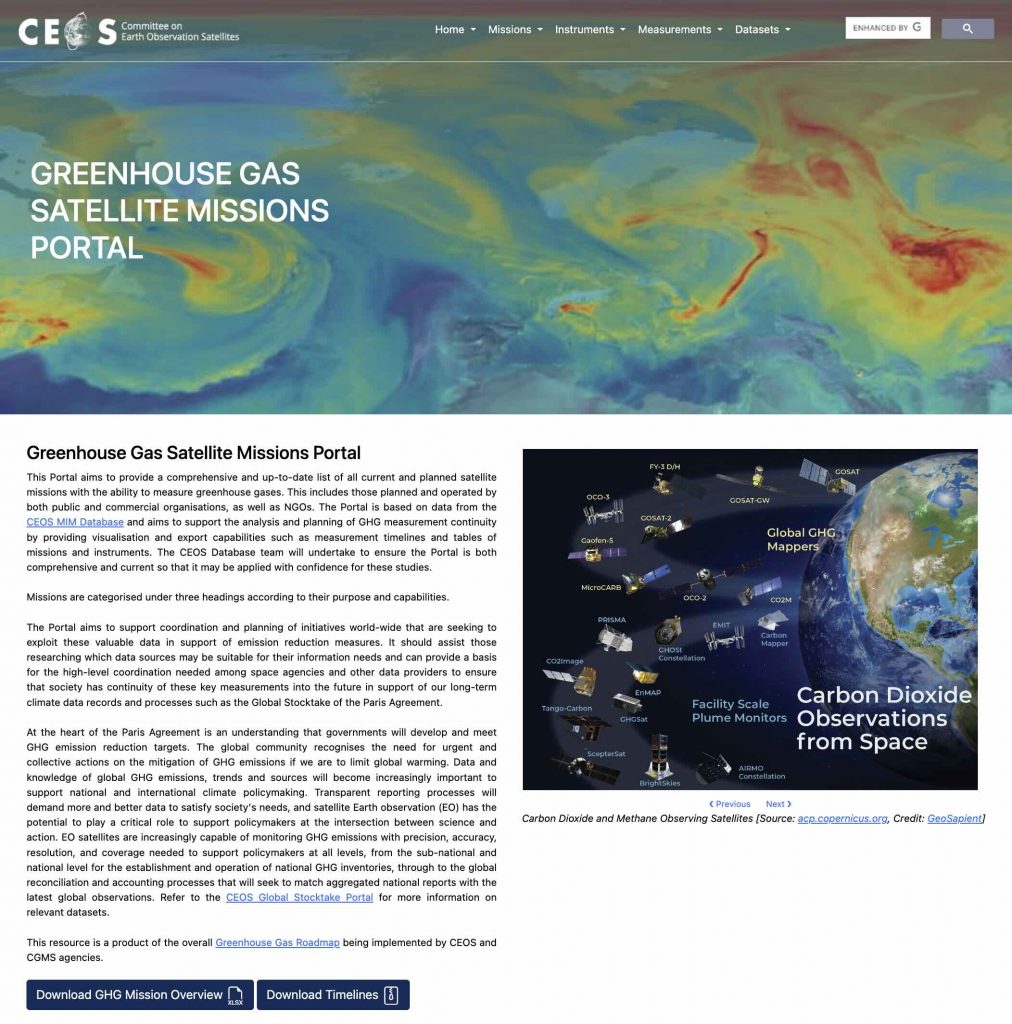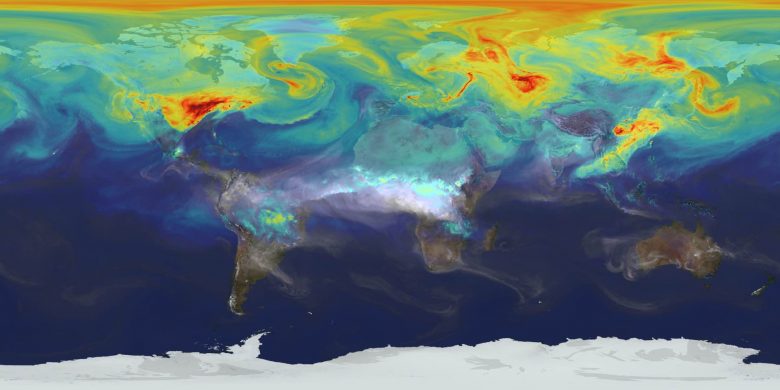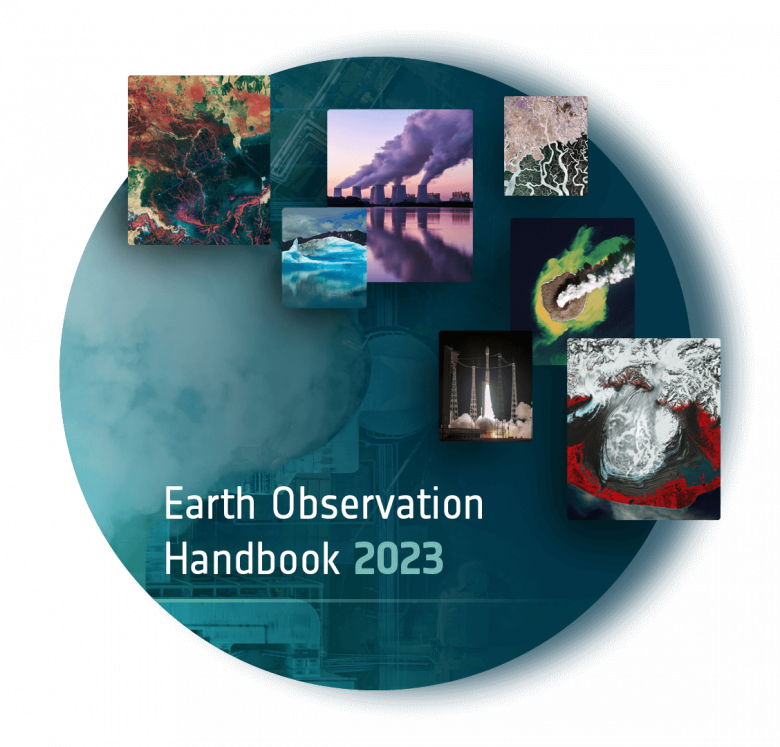CEOS MIM Greenhouse Gas Satellite Missions Portal
On behalf of ESA, JAXA, and CEOS, Symbios developed the MIM Database Greenhouse Gas Satellite Missions Portal, which aims to provide a comprehensive and up-to-date list of all current and planned satellite missions with the ability to measure greenhouse gases. This includes those planned and operated by both public and commercial organisations, as well as NGOs.

The Portal is based on data from the CEOS MIM Database and aims to support the analysis and planning of GHG measurement continuity by providing visualisation and export capabilities such as measurement timelines and tables of missions and instruments.
The Portal aims to support coordination and planning of initiatives world-wide that are seeking to exploit these valuable data in support of emission reduction measures. It should assist those researching which data sources may be suitable for their information needs and can provide a basis for the high-level coordination needed among space agencies and other data providers to ensure that society has continuity of these key measurements into the future in support of our long-term climate data records and processes such as the Global Stocktake of the Paris Agreement.
At the heart of the Paris Agreement is an understanding that governments will develop and meet GHG emission reduction targets. The global community recognises the need for urgent and collective actions on the mitigation of GHG emissions if we are to limit global warming. Data and knowledge of global GHG emissions, trends and sources will become increasingly important to support national and international climate policymaking. Transparent reporting processes will demand more and better data to satisfy society’s needs, and satellite Earth observation (EO) has the potential to play a critical role to support policymakers at the intersection between science and action. EO satellites are increasingly capable of monitoring GHG emissions with precision, accuracy, resolution, and coverage needed to support policymakers at all levels, from the sub-national and national level for the establishment and operation of national GHG inventories, through to the global reconciliation and accounting processes that will seek to match aggregated national reports with the latest global observations. Refer to the CEOS Global Stocktake Portal for more information on relevant datasets.
This resource is a product of the overall Greenhouse Gas Roadmap being implemented by CEOS and CGMS agencies.

